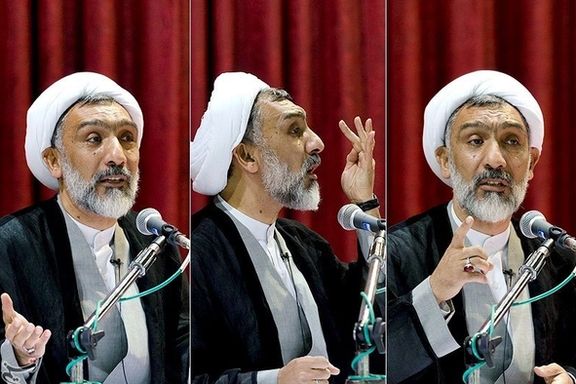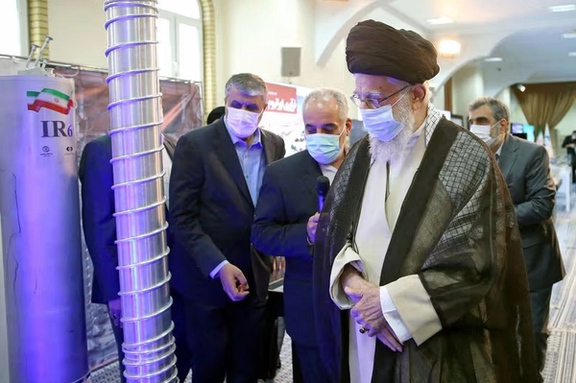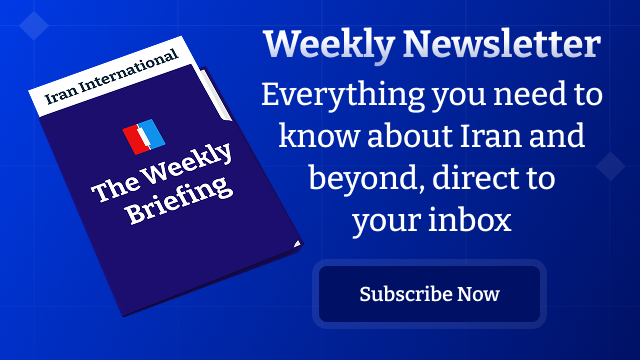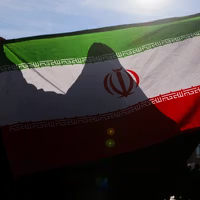More Stories
Iran has long been preparing to defend its nuclear facilities against a possible military strike, defense and security analyst Farzin Nadimi said in an interview with Iran International.
"Israel’s past attacks on Iran were exploratory," Nadimi said, adding that “if an assault is launched with the goal of destroying all of Iran’s nuclear facilities, it would require precise planning and consideration of Iran’s defense capabilities—something the Islamic Republic has been preparing for over many years.”
Nadimi said Tehran has built an integrated air defense network under Khatam al-Anbiya Headquarters — Iran’s central command for air defense — uniting the capabilities of the Revolutionary Guards (IRGC) and the army.
Since the late 2010s, the Islamic Republic has worked to unify its air defense systems under a project known as the “Great Prophet System,” according to Nadimi.
Iran’s adversaries are more concerned about the ideological and civilizational impact of the Islamic Revolution than its nuclear capabilities, top Iranian cleric and former politician Mostafa Pourmohammadi said on Sunday.
“There are more than 10,000 nuclear warheads in the world that could destroy the Earth,” he said in an interview with the semi-official ISNA news agency. “But they accuse us of wanting to build a nuclear bomb and make a fuss about it. Is America’s real concern that we might get close to an atomic bomb?”
The former presidential candidate and head of Islamic Revolution Document Center said the “deeper concern of Iran’s enemies is the erosion of ideological foundations within their own societies.”
Pourmohammadi also warned against abandoning negotiations entirely. “Tying everything to negotiations is a mistake, but that mistake should not become an excuse to withdraw from the principle of negotiations,” he said.

Iran is preparing its response to the US proposal delivered to Tehran by Oman’s foreign minister, Iran’s top diplomat Abbas Araghchi said during a cabinet meeting on Sunday, where he briefed ministers on the ongoing nuclear talks.
Iran is unlikely to agree to a comprehensive nuclear deal under the current level of US pressure, international relations researcher Hossein Aghaei told Iran International.
“The Islamic Republic sees the right to enrichment, preservation of centrifuges, and nuclear infrastructure as deterrence tools, and does not want to lose them,” Aghaei said.
“If what we read in the news is correct—that the United States has backed down from its original conditions and seeks a middle-ground deal acceptable to Tehran—even under those circumstances, there are red lines for the Islamic Republic that could become problematic,” he added.
“If the current level of pressure continues, the Islamic Republic will not agree to a comprehensive deal,” he said, warning that Tehran faces a binary choice: “Either it accepts the US-proposed deal or moves toward greater tension.”
Iran could enrich uranium to weapons-grade within a week and carry out a nuclear test within a couple of months, Israeli daily Haaretz reported on Sunday, citing a Western source with detailed knowledge of the UN nuclear watchdog's latest report.
“In February or March, they had around 270 kilograms. Now they have about 400,” Haaretz quoted the source as saying. “That's a 50 percent increase – definitely a massive jump. Typically, such a stockpile would be amassed over a period of two years. Now they've accumulated it in just three months.”
Assuming Iran has the necessary facilities, the source added that Tehran could further enrich uranium from 60 percent to weapons-grade 90 percent “within a week, easily.”

The source clarified that this “doesn't mean they have a nuclear weapon,” but said in his assessment, “they could conduct a nuclear test within a couple of months.”
He also cited a second IAEA report, saying it includes “a very clear statement, for the first time, that Iran didn't declare part of its nuclear material and that the IAEA doesn't know what Iran is doing with it.”
“Clearly, they have something to hide,” the source added.







